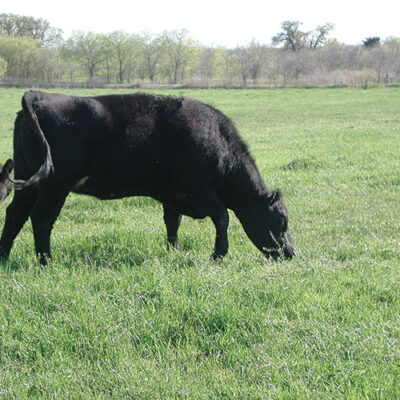Tetra Sweet Perennial Rye Grass
TETRASWEET IS THE HIGH-ENERGY FORAGE
Tetrasweet is a highly adaptable, fast establishing, tetraploid perennial ryegrass. Tetrasweet tillers extensively and recovers rapidly making it an excellent choice for all types of forage production. Tetrasweet may be grazed close and often making it the preferred grass of grazers. Tetrasweet’s high digestibility leads to increased animal performance and increased producer profits.
Description
- Late maturing
- Highly digestible
- Exceptional yield all season long
- Excellent winter hardiness
- High energy grass
- Strong regrowth
- Foliar disease resistant
MANAGEMENT
Tetrasweet is best suited for grazing or hay/haylage mixed with legumes. Ideal growth is achieved during spring and fall seasons, with moderate growth during the summer season. Apply 45 units of N/acre at planting with an additional 45 units of N/acre after every other harvest. For best results, a minimum of 150 units of N/acre should be applied every spring and summer. Nutritional value of grass is largely influenced by soil fertility. As with most perennial ryegrass, Tetrasweet performs best in soils with a pH between 5-8. Attaining soil samples and following soil test recommendations is a good way to ensure high quality forage.
Tetrasweet works well mixed with legumes and is highly palatable so avoid over grazing. Rotational grazing increase yields and persistence leading to better animal performance. Tetrasweet should be firmly rooted before first harvest or grazing. First harvest of hay should be cut in the late boot stage for high quality. Subsequent harvests can be made as growth permits. Graze at approximately 10-12 inches and remove animals at 3-4 inches. As with any forage, management practices dictate the final yield and quality of the forage. With proper management practices, Tetrasweet should provide high yielding, high quality forage that will result in improved producer profitability. As with most perennial ryegrass varieties, grazing Tetrasweet low (2-3”) going into the winter season ensures better winter survivability. To maintain a fully productive stand, we recommend over-seeding in late fall or early spring at 5lbs./acre.
SEEDING RATES
Avoid sowing seeds too deep and too far apart. Ideal depth for most forage seeds is 1/8-1/4 inches. Planting seeds deeper than ¼ inch may not allow them to establish. Sufficient seed-to-soil contact is extremely vital. Rolling or packing the soil after seeding can ensure this. If no-tilling, the right seeding depth is 1/4 inches deep. Tetrasweet can be broadcast seeded followed by harrowing, packing or livestock hoofing it in. Tetrasweet may be frost seeded in early spring to help thicken existing stands.
- Drilling New Pastures: 20-25 lbs. /ac
- Broadcasting New pastures: 30-40 lbs. /ac
- Renovation/Overseeding existing pastures: 20-25lbs. /ac
- Into existing alfalfa: 4-5lbs. /ac




